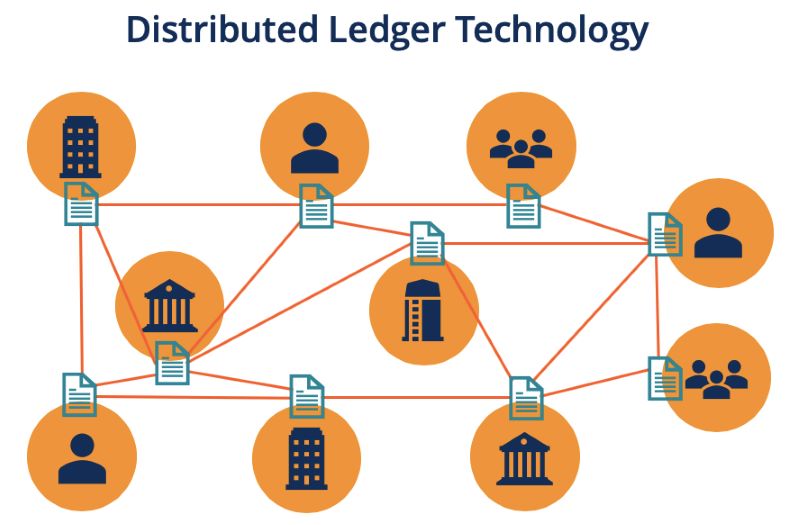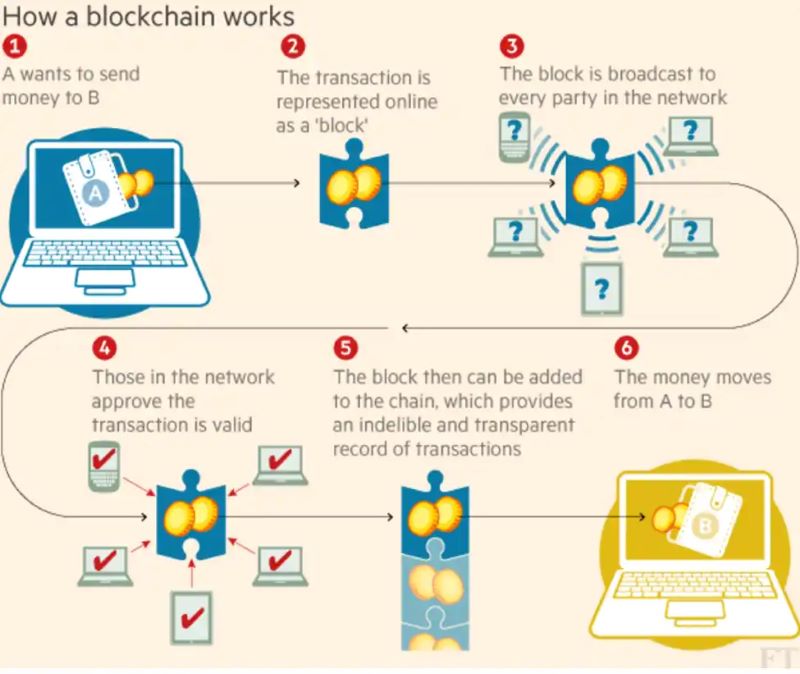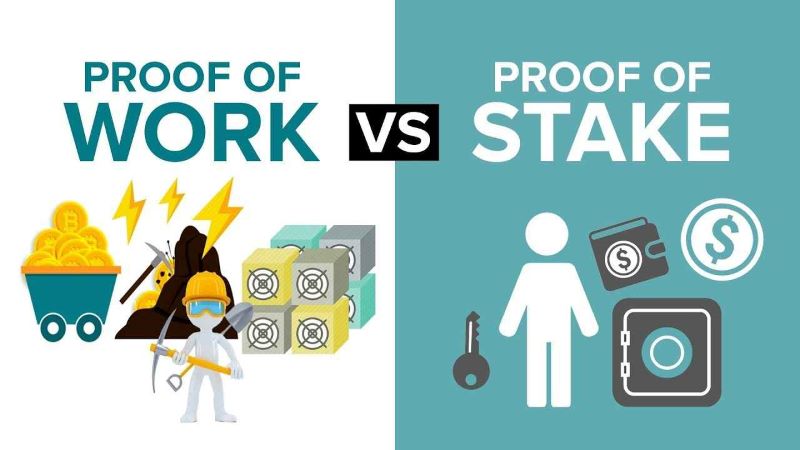Have you ever wondered about the inner workings of blockchain? Let me be frank: It’s time to dive deep into the definition and explanation of blockchain technology. This isn’t just about buzzwords or complex math. It’s about getting a clear, straightforward understanding of how this tech shapes our digital world. I’m here to guide you through this maze, cutting through the jargon to uncover the simple truths that make blockchain a revolutionary leap in how we secure and verify transactions. From its basic structure to its incredible security features, I’ll show you why businesses and tech enthusiasts are all aboard the blockchain train. Let’s unlock the secrets together and see just how this digital ledger is setting the tone for a more secure future.
Demystifying Blockchain: An Introductory Guide
Understanding the Core Concepts of Blockchain Technology
Imagine a book where everyone writes down what they buy or sell. Now, imagine that book is digital, and everyone has a copy. That’s what we call a blockchain, a digital ledger of all transactions.
In simple terms, it’s a chain of digital “blocks.” Each block holds a list of records. These records are like notes that say who paid whom. Once written, no one can change them. This makes it very secure.
Why can’t people change them? Well, it’s because of something called “blockchain encryption.” Each note, or “record,” locks with a math puzzle. It’s very hard to solve. So, once a record is locked in, it’s tough to change.
With each transaction, there are checks to make sure it’s fair and right. This is where “blockchain consensus algorithms” come in. They are rules that everyone follows to agree on the record. Two popular kinds are “proof of work” and “proof of stake.” They help keep the blockchain running well and fair.
Exploring Distributed Ledger Technology
Now, let’s talk about the “distributed ledger technology.” This is another name for blockchain. It means the ledger is not in one place. It’s spread out across many computers. These are called “nodes.”
Each node has a full ledger copy, like a bookshelf at each person’s home with the same books. When one record updates, all bookshelves update too. This is great for security. It’s hard to trick the system when everyone has their own copy.
But how does it all come together? Think of it like building with Lego. You start with a base, add pieces, and connect them until you have something strong. It’s the same with blocks in a blockchain. The difference is these blocks store transactions and not just random stuff.
The “benefits of blockchain” are plenty. It is fast, fair, open, and safe. It cuts out the middleman. This is great for things like money transfers and voting.
People also use blockchain in many places. It’s not just for Bitcoin or money stuff. We see it in supply chains, voting, real estate, and more. So when you think about blockchain, don’t just think of it as tech for money. It’s a tool that helps in many ways, making things we do simpler and more honest.
Remember this: blockchain is an amazing ledger that’s safe, clear, and works together across the globe. No one owns it, everyone can use it, and it helps in so many ways. It’s like a superhero for data, fighting the bad guys of fraud and mistakes. And that’s the simple truth about blockchain.
How Blockchain Works: Unveiling the Process
Deciphering Blockchain Structure and Components
Think of blockchain as a digital ledger. This ledger records all sorts of info. It differs from a typical ledger you might find in a store or your checkbook. A blockchain ledger is shared across many computers, not just one. This is key to its power.
Let’s break it down. First comes the “block” in blockchain. A block holds transaction data. It’s like a page in a ledger. When it fills up, it links to a new block. This chain of blocks forms the “blockchain.”
Blockchain uses special math called cryptography. This math protects the data. Imagine it as a secret code. Only certain folks can read it. This coding is why blockchain is so secure. You can trust it to keep your information safe.
There are many types of blockchains. They can be public or just for select users. Nodes are the computers that make up a blockchain. They work together, but are spread out. This spread-out system is why we call it “distributed ledger technology.” It means that no single computer or person has control. This is good because it makes it tough for anyone to mess with the data.
The Transaction Journey on a Blockchain
When you make a transaction, it must go through several steps. Here’s what happens:
- A transaction happens. For example, Alice pays Bob.
- The transaction is sent out to a network of computers, known as nodes.
- These nodes check the transaction. They make sure it’s the real deal.
- If the nodes agree, they add the transaction to a block.
- The block tries to join the chain. But first, it must solve a math puzzle. This process is called “mining.”
- Once the puzzle is solved, other nodes check it again. If all is good, the block joins the chain.
- Now the transaction is part of the blockchain. It cannot be changed. We say this is “immutable.”
- Alice’s payment to Bob is complete and secure.
This whole process keeps the blockchain safe. It stops bad actors from messing with the data. But more than that, this process also keeps everything open. Anyone can see the transactions if the blockchain is public. This is called “transparency.”
Blockchain isn’t just about money and Bitcoin. We use it for all sorts of things. It keeps supply chains clear. It shows who owns a house or a car. We even use it to make sure votes in an election are counted right.
To sum it up, blockchain is a smart, safe way to record data. It’s made up of blocks linked together in a chain. It relies on distributed tech to keep your info secure. This is why many believe blockchain is the future of safe, fair data handling. And the journey of a transaction on the blockchain is a tale of careful checks and balances that make sure everything adds up just right.
The Pillars of Blockchain Security and Use Cases
Smart Contracts: The Bridge to Reliable Digital Agreements
Smart contracts might sound complex, but they’re pretty straightforward. These are just special programs stored on a blockchain. They automatically carry out certain actions when set conditions are met. Think of a vending machine. You put money in, choose your snack, and the machine gives it to you. Smart contracts work in a similar way but on the blockchain.
Let’s dive a little deeper into why these are so cool. They cut out the middleman. This means when you make a deal, it’s direct between you and the other person. No banks, no lawyers. This saves time, reduces costs, and prevents anyone from messing with the agreement. Isn’t that neat?
Smart contracts are not only about money. They can be used for all kinds of stuff. Like voting in an election or buying a house. The “if this happens then do that” logic makes sure everything is fair and runs without a hitch.
Blockchain Applications in Various Industries
Blockchain isn’t just the backing technology for digital money. It’s much bigger. From tracking items as they move across the globe to keeping health records safe, blockchain does it all. It makes sure that everyone involved can trust the system without doubting if the data is real or fake. This trust is why industries everywhere are jumping on the blockchain train.
In finance, blockchain shines by making payments fast and secure. Say goodbye to waiting days for money to transfer. And in supply chain management, it tracks products from the factory floor to the store shelf. This helps businesses spot problems fast and be more open with customers.
Other industries are getting in on the action too. In healthcare, blockchain helps to protect our personal info. It could also ensure that voting in elections is fair and that no one tampers with the results. Even real estate can benefit. It can simplify buying and selling property by making the whole process clear and smooth.
The big takeaway here is blockchain’s security and trust. They are what make these cool applications possible. Wherever there’s a need for clear records and honest dealing, blockchain can help. Its power to transform how we do things is just getting started. It’s going to be exciting to see where it takes us next!
Navigating Through Different Blockchain Consensus Algorithms
Think of a game where players must agree on the rules. In blockchain, we call this agreement the consensus algorithm. It’s key to keeping the system secure and working right. We use it to check all transactions.
One common type is called Proof of Work (PoW). Here, miners solve puzzles to add blocks of transactions. It’s a bit like a race to find a winning lottery ticket. Another type is Proof of Stake (PoS). In PoS, you can add a block if you hold coins. It’s more like earning the right to add a block by saving your pennies.
Both are unique and work well, but they’re not the same. PoW takes lots of power and time. But PoS is lighter and faster. As we learn and grow, we keep creating new algorithms. They make the blockchain better for everyone.
Understanding these options helps you see how versatile blockchain is. It’s crafted to fit different needs, whether it’s energy efficiency or quick processing times.
Blockchain Development Platforms and Enterprise Solutions
Now, let’s talk about the tools we use to build blockchains. These are blockchain development platforms. They’re like the lego sets for tech experts. They help us build systems for businesses and other big users.
Why do businesses care about blockchain? Well, it can track items from start to finish without mistakes. This way, companies know their stuff is safe and sound. Also, blockchain isn’t just for bitcoin. It can do so much more, like keeping food safe or making voting easy to check.
There are public platforms everyone can use, like Ethereum. But there are also private ones that only special users can access. These are for companies that need extra security or privacy. We call these enterprise solutions. They offer a custom fit, not a one-size-fits-all.
Businesses love blockchain because it lets them work with others securely. It cuts down on fraud and speeds things up. It’s transforming how we do business, making it more open, yet still secure. It’s a game-changer for industries everywhere. In the future, we’ll see it do even more amazing things.
We’ve cut through the noise to give you clear info on blockchain. First, we learned its key ideas, drilling into how it shares data safely far and wide. Then, we showed you blockchain insides and how your stuff moves and shakes in it. We checked out why it’s tough as nails and where it’s rocking the job world, like smart contracts making deals solid.
To wrap it up, blockchain’s not just tech talk—it’s changing our world, bit by bit. Whether it’s keeping your deals in check or making new paths for businesses, it’s a game-changer. Keep an eye on blockchain—this ride’s just getting started. Let’s watch where this wild tech takes us next!
Q&A :
What is the basic concept of blockchain technology?
Blockchain technology is a decentralized digital ledger that records transactions across multiple computers in such a way that the registered transactions cannot be altered retroactively. This concept hinges on the principles of decentralization, transparency, and immutability, primarily utilized for maintaining a secure and distributed record of transactions in a peer-to-peer network.
How does blockchain technology work?
A blockchain works by grouping transactions into blocks, each of which is verified by network participants, known as nodes, and once approved, is cryptographically sealed and linked to the previous block. This creates a chain of blocks, or blockchain. The process involves complex algorithms and consensus methods, such as proof of work or proof of stake, to ensure that all copies of the distributed ledger are the same.
Why is blockchain technology considered secure?
Blockchain technology is considered secure due to its cryptographic hashing, which turns transactions into a string of characters that cannot be reversed-engineered. Furthermore, each block is connected to previous ones, and changing any information would require the consensus of the network and altering all subsequent blocks, which is computationally impractical. Additionally, the decentralized nature means there is no single point of failure, making it very difficult to hack or tamper with.
In what ways is blockchain technology being used beyond cryptocurrencies?
While blockchain technology gained prominence with the rise of cryptocurrencies like Bitcoin, it is increasingly used in various sectors like supply chain management to ensure transparency and traceability, in voting systems to prevent fraud and to ensure integrity, in digital identity verification, and in smart contracts that automatically execute when conditions are met, among others.
Can blockchain technology be controlled by any single entity?
No, one of the core features of blockchain technology is its decentralized structure. This means that no single entity or organization has control over the entire blockchain. Instead, it is managed by a network of nodes that must reach consensus to validate transactions. This reduces the potential for manipulation and increases the resilience of the network against attacks or failures.




RELATED POSTS
Binance Charity and the $1 Million USD Airdrop Campaign for Flood Relief
Binance Charity is a pioneer...
Ethereum Launch Unveiled: What’s New in the World of Crypto?
Discover the Launch of Ethereum...
Recent Advances in Blockchain Research in Financial Services
Recent advances in blockchain research...
Skills Gap: Can Blockchain Education Bridge the Divide?
Understanding the Impact of the...
New Threats to Blockchain Security: Are Your Investments at Risk?
Protect Your Blockchain: New Threats...
Blockchain Revolution: Securing Student Records for the Future
Discover the impact of blockchain...
3 surprising effects on Pebonk when Pavel Durov was arrested
Pebonk has witnessed some unexpected...
When was Blockchain Technology invented? A journey through its origins
Ever wondered, “When was blockchain...
How does blockchain increase transparency: How Delivers Transparency
How does blockchain increase transparency?...
Examples Of Blockchain Use Cases Beyond Cryptocurrency: Surprising Uses
Discover 10+ examples of blockchain...
Role of AI: Reinventing Blockchain Security for a Safer Future
Role of AI in securing...
Decentralized Systems Unveiled: Harnessing the Power of Collective Innovation
Unlocking the Benefits of Decentralized...
Security of Proof of Stake: Is Your Digital Investment Safe?
Enhance PoS Security! Learn about...
Detailed steps to participate in the BSX Airdrop quickly
Are you ready to dive...
Future Trends in Blockchain Security: Staying Ahead of Threats
Future trends in blockchain security:...
Government Regulations on Blockchain: Navigating the Crypto Maze
Understanding the Impact of Government...